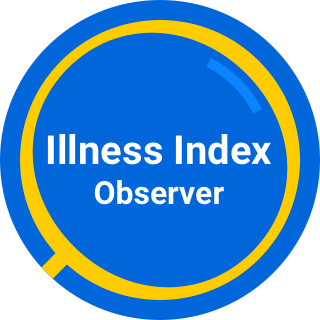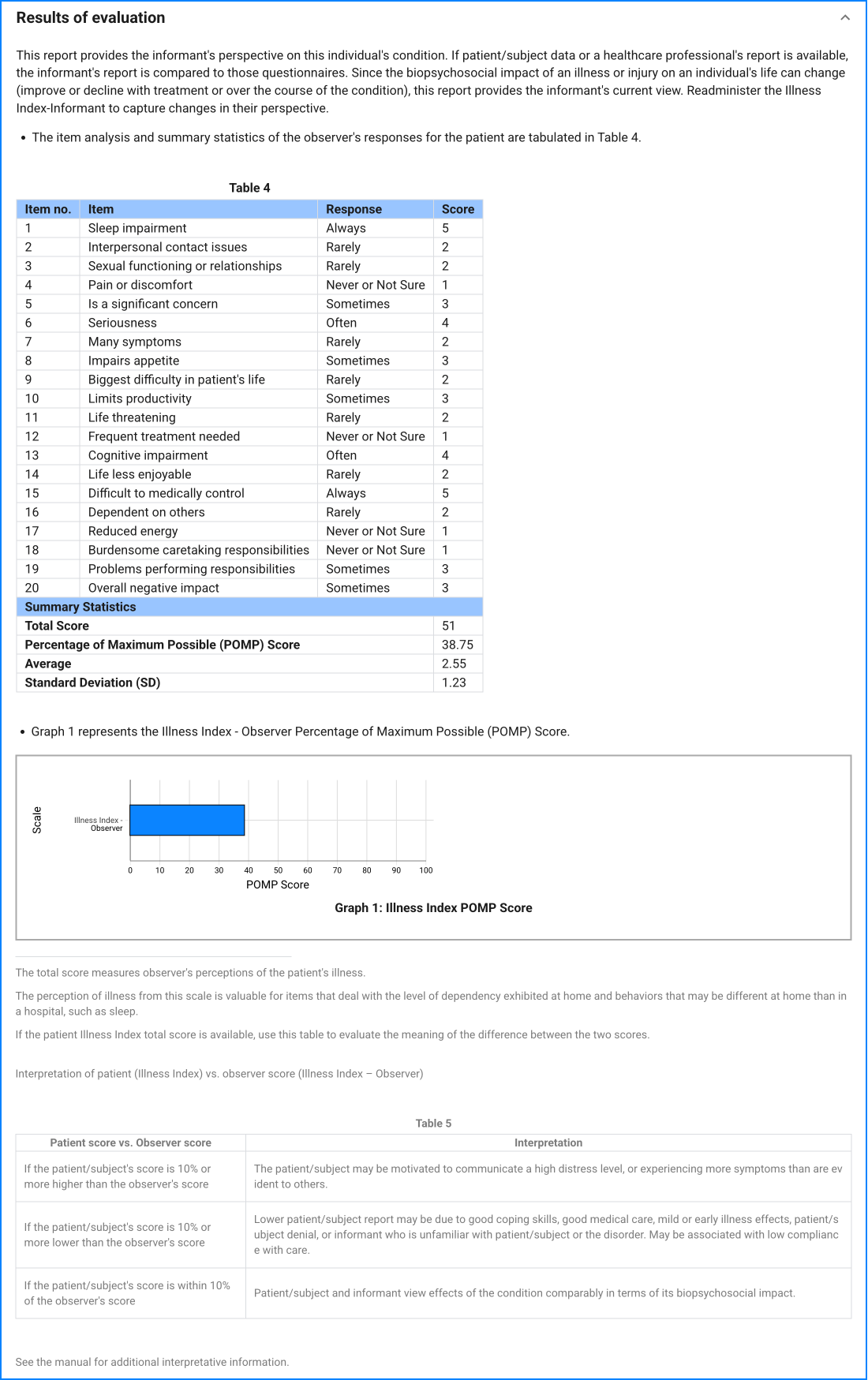| Sleep disturbance / Insomnia | Pain. Depression. Anxious rumination. Appetite disturbance. | - What is the type of sleep disturbance (falling asleep, maintaining sleep, early awakening)?
- When was the onset? What exactly is the cause? Is it truly due to the condition, pre-existing, exacerbated by the condition?
- What has been the course (the sleep disorder stays the same, is it intermittent and fluctuates with pain level)?
- What is helpful? What treatment has been provided?
| - Suggest appropriate further evaluation (e.g., sleep evaluation).
- Consider / try treatments (cognitive-behavioral treatment for insomnia, assess sleep hygiene, relaxation/stress management training, hypnotic medication, anti-depressant).
|
| Interpersonal relationship problems | Isolation. Loss of social supports. | - What are the specific problems?
- Who is affected by the patient's condition? What specifically is their reaction?
- What do family and friends understand about the condition?
- Are these problems improving or worsening?
- Is the patient projecting anger over their condition onto others?
- What solutions have been tried?
| - Family therapy or counseling
|
| Sexual functioning and intimate relationships | Pain, disfigurement, biological dysfunction, depression, anxiety | - Determine the nature of the problem (e.g., is it due to a specific physical disorder, a reaction from another person, the patient's own perception of being undesirable, etc.)?
- What specifically is the reaction of other people, or is this a fear on the patients’ part?
- What was the onset, duration?
- Is there a medication side effect that is contributory?
- What treatment has been attempted?
| - Identify cause (depression, medication, biological, patient apprehensions) and provide appropriate intervention.
- Couples counseling
|
| | Depression, anxiety, litigation | - When was the onset?
- What is the course (chronic, intermittent, progressive, improving)?
- Location of pain.
- What exacerbates pain? What makes it better?
- What is the language patient uses to describe pain?
- Ascertain patient coping or lack of coping responses.
- Are there litigation or sick role reinforcements to pain behavior?
- What do others in the patient’s environment do when the patient complains of pain?
- What treatment has been attempted?
- Is the patient pain medication dependent?
| - Identify issues that can be addressed (e.g., depression) and treat them.
- Consider pain management psychotherapy
|
| Awareness vs denial, somatic preoccupation, sick role adoption | Depression, anxiety, litigation | - What are the specific thoughts? How often do they occur? What prompts them?
- What are the associated feelings?
- What, if any activities are avoided due to these thoughts?
- What ideas does the preoccupation give rise to (e.g., fear of dying, probability of recovering, type/nature of recovery, effect on others, ability to work, etc.)?
- Is the patient pain medication dependent?
| - Patient counseling for inappropriate, negative or catastrophizing thoughts
- Consider cognitive psychotherapy
|
| | Hypochondriasis. Depression. | - Who doesn’t take the illness seriously enough?
- How has the patient ascertained this (i.e., what is others reaction: indifference, skepticism, etc.?)
- What does the patient do to convince others of the impact of the illness?
- What type of conflict does that create, and between who (family, friends, healthcare professionals).
- How ill does the patient see self-compared to others?
| - Investigate underlying relationship problems and/or patient issues.
- Involve family in counseling, if indicated.
|
| | Depression. Hypochondriasis. Preoccupation. | - Have patient describe the symptoms.
- How does patient identify and classify symptoms?
- Do symptoms represent one disease or several?
- What are the causes for each symptom?
- Which affect the patient most?
- Onset and frequency of occurrence for the symptoms.
- Which symptoms seem controllable (by whom and which medications?)
| - Teach control over controllable symptoms.
- Help refocus from body.
|
| | Depression. Pain. Anxiety. Medication effects. Metabolic disturbance. | - Is the poor appetite due directly to disease or other factor (e.g., medication side effect, psychological reaction to condition)?
- What is the severity? Constant or intermittent?
- Does eating lead to discomfort?
- Has the patient made unhealthy nutritional choices?
- Has there been weight loss, and if so in what period of time?
| - Determine and treat cause.
- Nutrition counseling.
|
| Illness role. Illness intrusiveness. | Depression. Preoccupation. Secondary gain. Litigation. | - What changes has the illness brought about?
- What would life be like if the patient were not ill?
- How are others affected?
- What positive changes might have occurred that sustains the patients complaining (more attention from others, lessened responsibility, work avoidance, monetary gain, etc.)?
| - Supportive psychotherapy.
- Cognitive-behavioral therapy (e.g., have patient consider remaining sources of satisfaction, challenge automatic assumptions about the illness' role).
|
| | Pain. Physical disability. Cognitive changes. Litigation. | - In what specific ways has the condition interfered?
- What standards is the patient using to determine impairment?
- What are others saying about the patient's productivity?
- Is the patient resigned to this or actively attempting to compensate?
- Is litigation present that reinforces disability?
| - Help patient think about activities that are unimpaired.
- How can activities that were once enjoyed when healthy be modified?
- What new activities can be substituted?
|
| | Depression. Anxiety. Delusions. Preoccupation. | - What is it about the condition that can cause death?
- Are these factors controllable by the patient or doctor?
- What are the realistic "odds" of dying? How does the patient assess the odds – based on what information?
- How imminent does the patient believe death is?
- Has the patient come to terms with death? How so?
- How often does the patient think of death? Is this a preoccupation?
- Have others told patient they will die or is this a patient assumption not supported by facts?
| - Supportive psychotherapy.
- Cognitive therapy and education and death fear is unfounded.
|
| | Somatic focus. Hypochondriasis. Attention seeking. | - How is "frequent" treatment interpreted by the patient?
- How much disruption does this cause the patient and others?
- What are the patient's experiences with the health care system?
- Does the patient change doctors often? For what reason?
| - If patient is over-utilizing health care services find ways of lessening dependence
|
| | Depression. Anxiety. Impairment in work, school or home functioning. | - Describe the nature, onset, frequency, severity, of the impairment
- How much and what type of impairment do these changes bring about?
- What are the responses of others?
- Are these changes possibly associated with medication side effects?
- Are these problems getting better or worse over time?
- What treatment has been attempted?
| - Administer neuropsychological tests to determine presence, type, and severity of cognitive impairment.
- Consult with physician about medication side effects.
- Counsel regarding ways to manage areas of deficit.
|
| | Depression. Preoccupation. Secondary gain. Litigation. | - How does the illness/disability prevent patient from enjoying self?
- What activities are most affected? Which are unaffected?
- When/if the disease is in remission, can the patent resume activities and interests (i.e., does a depression account for the anhedonia rather than disease factors)?
- Onset? Duration?
- Coping responses?
| - Diagnose and treat depression if indicated.
- Help patient focus on unaffected areas and ways of developing and enjoying new pursuits.
|
| | Depression. Anhedonia. Healthcare involvement. Locus of control. | - What is the patient's interpretation of control?
- Does the patient believe control should come primarily from healthcare providers or is the patient able to exercise some control?
- Do external factors play a large part in perception of control (e.g., chance factors, religion, and belief in fate)?
- What attempts at control have been tried? What is and is not successful?
- How much dyscontrol can the patient tolerate?
- Is control increasing or decreasing?
| - Help patient find aspects of their condition that are controllable. Teach control techniques where applicable (e.g., relaxation training for pain).
|
| | Role reversal. Secondary gain. Family problems. | - Who has taken on the caretaker role in the family? What is their reaction?
- In what areas is the patient dependent?
- Is the patient content, resigned, or angry about increased dependency?
- Is the nature of the dependency consistent with the level of impairment?
| - Determine if there are benefits resulting from heightened dependency (e.g., attention; financial compensation; avoidance of responsibilities).
- Is the caregiver able and eager to take over the caretaker role?
- Is there benefit to them from this arrangement?
- Does the caretaker assume too much control?
|
| | Depression. Physical limitations. | - What did the patient do before that he/she does not do now?
- Is the patient restricting activities due to depression or disease-related (e.g., physical problems) factors?
- Are all activities similarly affected or a select few?
- Is activity level variable or constant?
- What helps to increase activity?
| - If depression is the etiology it should be treated.
- If activity level is variable determine factors that influence activity level.
- If some activities remain unaffected can they substitute for others?
- Can new activities be developed to substitute for affected activities?
|
| | Dependency. Depression. Low self-concept. Family problems. | - What is specifically burdensome to others?
- To whom are they burdensome? What is their response?
- Does patient believe that she/he will remain this way?
- What can be done to minimize the burden on others?
- What areas can the patient take more responsibility for?
- Are the overall perceptions accurate or related to a depressive cognitive set?
| - Determine if depression can account for this perception.
- Treat depression.
- Evaluate patient's evidence for worthlessness.
- Consider family counseling.
|
| | Depression. Helplessness. | - How has the patient changed?
- Do people respond differently to the patient now? How so?
- What areas of functioning can the patient identify that have not been affected?
- Are the overall perceptions accurate or related to a depressive cognitive set?
| - Determine if depression can account for this perception.
- Treat depression.
|
| Illness disruption / intrusiveness | Depression. Anxiety. Poor family or social supports. Poor coping skills. Secondary gain. Devastating disease. | - What is the patient's past experience with disease or injury that now affects how this condition is viewed?
- How has the patient coped in the past? What has changed?
- Who were the models who may have influenced the patient's coping style?
- What general feelings does the distress create (resignation, overwhelmed, anger, hopeless, depression, motivation to improve)?
| - Is the patient's overall perceptions accurate or distorted given the answers to the other questions?
- Treat depression when present.
- Challenge automatic negative thoughts.
|



